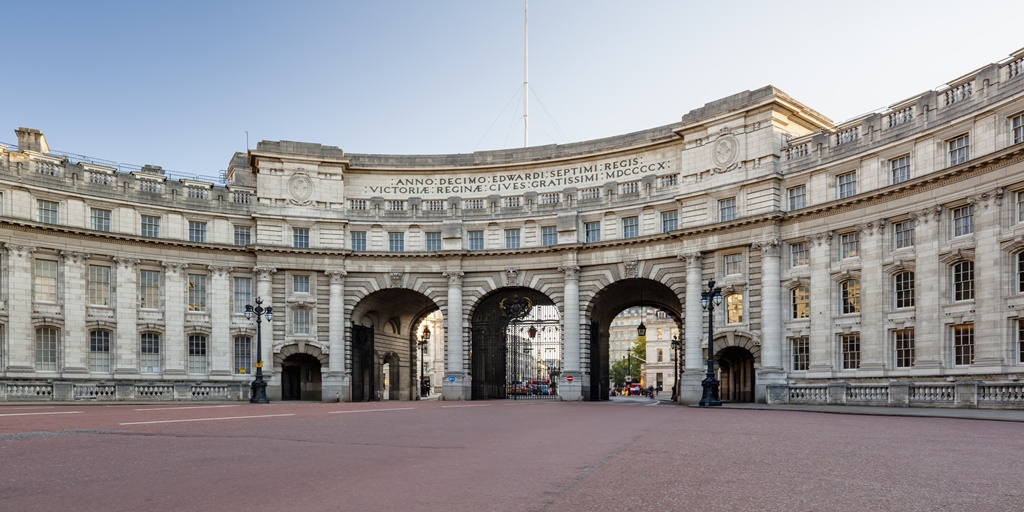What do a prison in Istanbul, a town hall in East London, a colonial mansion in Peru and a Stockholm girls’ school all have in common?
All these buildings have left behind their former occupations and have been given a new lease of life as a hotel!
This blog post will discuss one of the hotel industry’s most innovative and exciting new trends: conversion.
Conversion refers to when a non-hotel structure is transformed into a hotel. The original building can be anything from a church, to a school, to a house. It’s quickly becoming one of the most popular ways to transform old spaces into unique, exciting venues.
You’ll be interested to learn how knowing more about this up-and-coming hotel trend can benefit your business in surprising ways.
So, what exactly is a hotel conversion?
On THP’s database, hotel conversions are defined as when an existing space, specifically a non-hotel structure, is transformed and adapted for hospitality use.
These non-hotel structures span across multiple different asset types; from former office buildings, post offices, government buildings, and police stations.
In architecture, this practice is known as adaptive reuse. It’s an increasingly popular way to breathe new life into tired old buildings.
Most cities, towns and regions have plenty of old abandoned buildings. Conversion can result in these turning into some of the most unique and innovative hotels out, with a less intensive environmental footprint to boot!
Conversions are rising around the world and cities with limited real estate are seeing more non-hotel structures converted into hotel buildings.
But they’re also popular within their communities, who tend to enjoy seeing old buildings restored to their former glory. Some of the most successful hotel projects in recent years have been conversions, and they’re a big driver of customer interest.
How can I get involved in a conversion project?
Every conversion requires a different approach from the supplier side.
As you can imagine, flipping a 120 year old abandoned fire station (see the London Road Fire Station) is a very different job to doing the same with a wartime pillbox bunker (à la the Gruner Bunker St Pauli).
Some conversions require more input from the AD&C side, with certain projects involving landscape designers, engineers, or environmental technologists.
Other projects, however, call for more involvement from the F,F&E and O,S&E sectors. This could range from anything to fitting out a brand new lobby, or dressing the staff in uniforms.
Conversions are most commonly handled by commercial real estate developers, as they have the funds and expertise required to work with these often difficult projects.
In general, conversions use less building materials than other construction types, so depending on your business, conversion might not be right for you.
A conversion case study: London
So now you know all about hotel conversions, it’s time to take a look at some of the THP team’s favourite upcoming projects.
London is a perfect city for adaptive reuse to be implemented. Filled with plenty of historic buildings, low on real estate and backed by a rich cultural heritage, the British capital has long been at the forefront of this trend.
Waldorf Astoria Admiralty Arch

The Waldorf Astoria at London’s historic Admiralty Arch is one of the most exciting hotel conversions in the city, mostly thanks to the building’s prime location and royal connection.
The Grade I listed building is located on the Mall, one of the most famous streets in the British capital, with Buckingham Palace just a stone’s throw away.
Hilton’s conversion of the arch into a 100-room hotel is due to be completed by 2025.
Admiralty Arch was sold by the British government on a 125-year lease in 2011, and approved for use as a hotel by Westminster Council in 2013.
The iconic London landmark was originally commissioned by King Edward VII in 1901 in memory of his mother Queen Victoria, and stands at the end of the Mall opposite Buckingham Palace.
The building was purchased by Reuben Brothers last summer. The property developers acquired the building from former owner Prime Investors Capital, and have begun working closely with Hilton to “accelerate” the project.
London’s imposing 189-metre tall BT Tower is going to become one of the city’s most recognisable hotels, after its current owner agreed to sell the tower to American hotel giant MCR Hotels for £275 million.
The Grade-II listed tower was London’s tallest building until 1980, and is one of the city’s most iconic landmarks. Originally home to the BT Group’s telecommunications materials, technological changes eventually rendered the tower obsolete and ready to serve a new purpose on London’s skyline.
British architect Thomas Heatherwick is said to be joining onto the project, however the opening date is yet to be confirmed.
However, BT’s complex telecommunications equipment housed within the tower means the hotel is a fair way off completion, with MCR confirming it would take “a number of years” for BT to move out.
A SaaS database filled with upcoming conversions
THP’s database has over 650 conversion projects listed, with more added every single day.
Inside each individual conversion project page on the THP database, there’s a clear picture of what each conversion entails, so you can assess if it is the right project for you.
And to make things easier, all these projects have the contact details of the relevant stakeholders listed, so you can reach out to see if you’d be a good fit.




